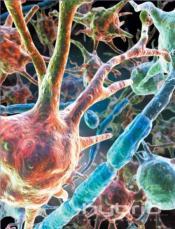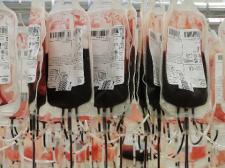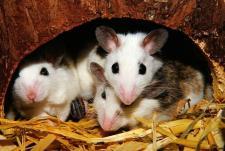Animal Biotechnologies
Genetic modification, cloning, and other biological engineering techniques are widely used on animals in agricultural and research settings. Some of these applications are controversial for environmental, health, animal welfare, or other reasons. For example, only a small percentage of animal cloning attempts produce live offspring. Human-animal chimeras raise concerns including what to do if they display human-like behavioral characteristics and whether such creatures can be patented and owned. Biotech developments in animals may preview technologies destined for use in humans.
Aggregated News
The mouse embryos looked perfectly normal. All their organs were developing as expected, along with their limbs and circulatory and...
Aggregated News
This spring, the biotechnology company Oxitec plans to release genetically modified (GM) mosquitoes in the Florida Keys. Oxitec says its technology...










